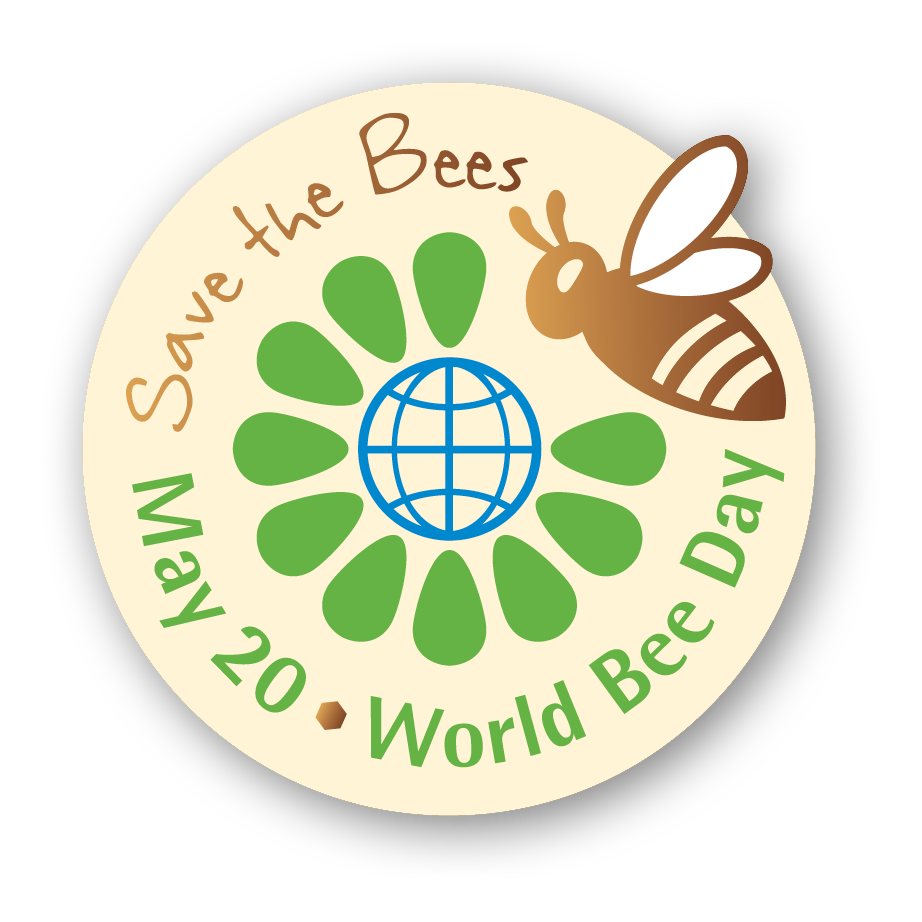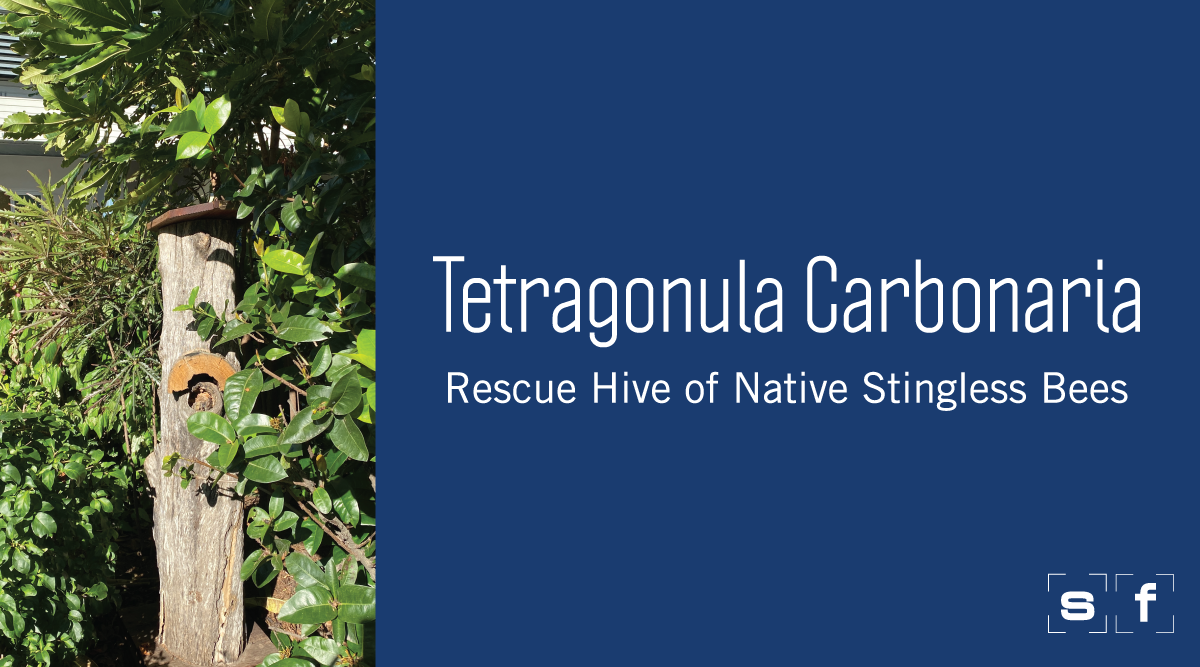Last year, we welcomed some new tenants into our Head Office at Murarrie – a rescue hive of native stingless bees.
“Introducing bees in the garden and I suggested we source a rescue hive.
These are sourced from trees being removed and luckily we work with some Arborists and bee keepers who care about relocating these bees.
Their hives range in size and species vary too. They are such interesting creatures, they help pollinate the flowers in the garden but we are happy the garden can provide refuge and habitat for these little bees to continue their job in the garden.
We are hopeful they will make use of the planted area as well as the local native vegetation corridors around the Spaceframe offices in Murrarie.”
— Ben French (Owner, Yards)
We often receive comments from visitors to our office about how beautiful the lawns and grounds look, in which all credit must be given to the Yards team.
This rescue hive will help support and encourage the eco system around the office, adding to the amazing work that Ben and his team do.
Rescued from a tree stump removed by tree loppers and saved from the chipper, this hive roughly features around 5,000 to 10,000 native ‘Tetragonula Carbonaria’ bees.
These are a native stingless bee that have colonised a hollowed out tree either through borer holes or stump partially eaten by termites.
Some key facts;
- There are at least 1700 species of Australian native bees, of which eleven species are native social stingless bees.
- They only produce a small amount of honey, known as Sugarbag, compared to commercial honey bees (European bees).
- Native bees are important pollinators of many wildflowers and part of a very important eco system.
- Stingless Bees only thrive in warm areas of Australia.
- Small in size at approximately 4mm long.
- They are useful to Farmers in pollinating commercial crops such as Macadamias, Mangoes and Watermelons.
- Bees evolved from Wasps
- There is one mated Queen Bee who will not leave the hive and once mated becomes larger and cannot fly. Laying up to 300 eggs per day, her lifespan is from one to four years.
- The Bees take on different roles in the colony over its life from caring for the brood to foraging for resources.
- The bees can travel around 500m from the hive to collect resources.
- A male Bee is called a Drone.
- Bees have 5 eyes, not for seeing but detecting light.
More information can be found through the Australian Native Bee Association.




